Market Trends
Key Emerging Trends in the Specialty Snacks Market
The specialty snacks market is undergoing significant growth and diversification driven by changing consumer preferences, evolving dietary trends, and innovations in the snack industry. One prominent trend is the increasing demand for specialty snacks that offer unique flavors, textures, and ingredients, catering to consumers' desire for adventurous eating experiences. Specialty snacks encompass a wide range of products, including gourmet chips, artisanal popcorn, exotic nuts and seeds, premium jerky, and international-inspired treats. These snacks appeal to consumers seeking indulgent, flavorful, and culturally diverse snack options to satisfy their cravings and culinary curiosity.
Moreover, there's a growing interest in specialty snacks that prioritize health and wellness, reflecting consumers' growing awareness of the importance of balanced nutrition and mindful eating habits. Manufacturers are developing specialty snacks with functional ingredients such as superfoods, ancient grains, plant-based proteins, and probiotics to offer added nutritional benefits beyond basic snacking. For example, specialty snacks may be fortified with antioxidants for immune support, fiber for digestive health, or protein for sustained energy. Additionally, there's a market for specialty snacks tailored to specific dietary preferences and lifestyle choices, including gluten-free, vegan, paleo, and keto-friendly options, catering to diverse consumer needs and preferences.
Furthermore, there's a trend towards clean-label and natural ingredients in specialty snacks, driven by consumers' demand for transparent and wholesome food choices. Specialty snack brands are focusing on sourcing high-quality, non-GMO, organic, and minimally processed ingredients to create snacks with clean-label appeal. This trend aligns with consumers' desire for snacks made with simple, recognizable ingredients and free from artificial additives, preservatives, and artificial flavors. Specialty snacks with clean-label formulations resonate with health-conscious consumers seeking snacks that align with their values of health, sustainability, and transparency.
In addition, there's a growing market for specialty snacks with global flavors and cultural authenticity, reflecting consumers' interest in exploring diverse culinary traditions and international cuisines. Specialty snacks inspired by global flavors offer consumers the opportunity to embark on a culinary journey without leaving their homes, experiencing the tastes and textures of different cultures through their snack choices. From Japanese rice crackers to Indian spiced nuts to Mexican chili-lime chips, specialty snacks with international influences add excitement and variety to the snack aisle, appealing to adventurous eaters and multicultural consumers.
Moreover, there's a trend towards premiumization in the specialty snacks market, with consumers willing to pay a premium for high-quality, artisanal, and gourmet snack experiences. Specialty snack brands are elevating the snacking experience by focusing on craftsmanship, authenticity, and attention to detail in their product offerings. Premium specialty snacks may feature handcrafted production methods, small-batch production, unique flavor combinations, and upscale packaging to convey a sense of luxury and exclusivity. This trend reflects consumers' willingness to invest in indulgent and satisfying snack experiences that deliver on taste, quality, and sensory appeal.
Furthermore, there's a focus on convenience and portability in the specialty snacks market, driven by consumers' busy lifestyles and on-the-go eating habits. Specialty snack brands are introducing convenient packaging formats, single-serve portions, and snack packs to meet the demand for portable and grab-and-go snacking solutions. These convenient specialty snacks are designed for snacking anytime, anywhere, providing consumers with a convenient and satisfying snack option to fuel their busy days and active lifestyles.

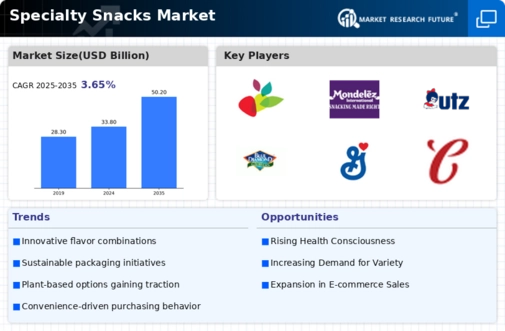
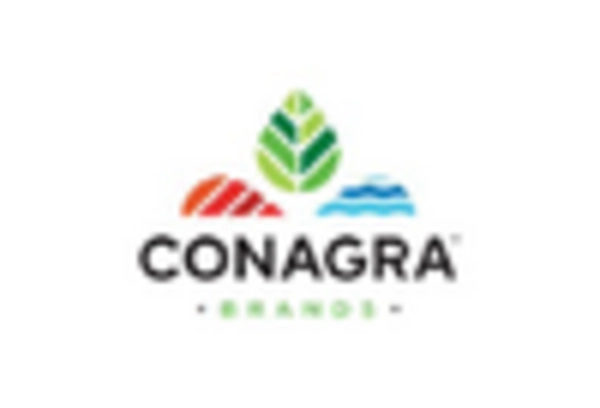
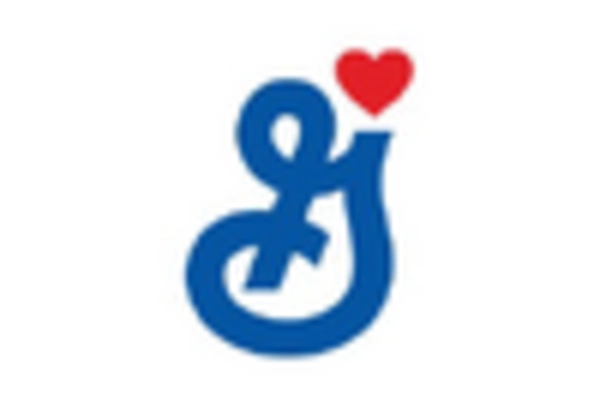
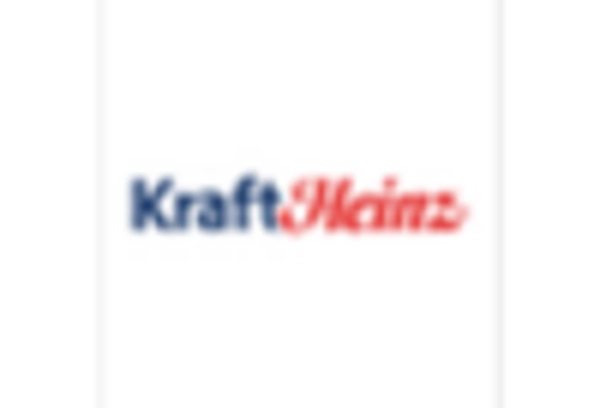
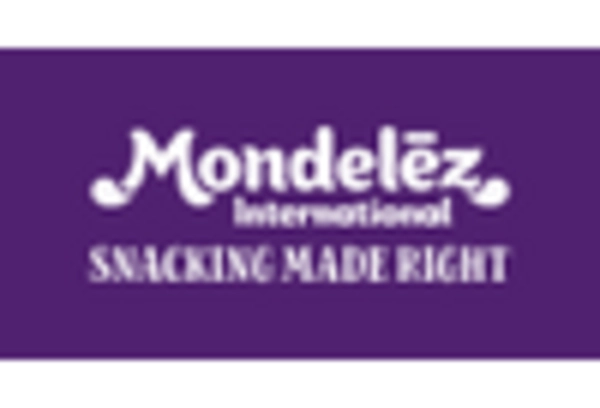

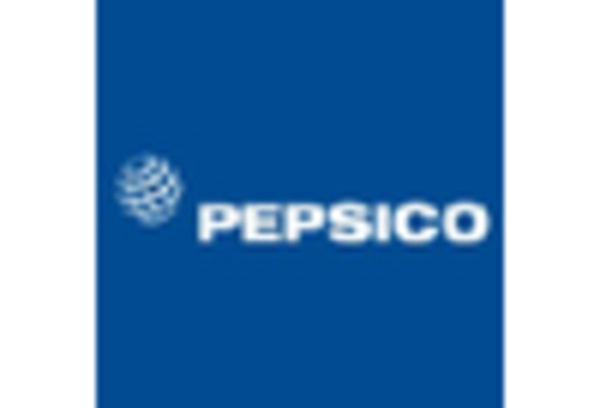









Leave a Comment